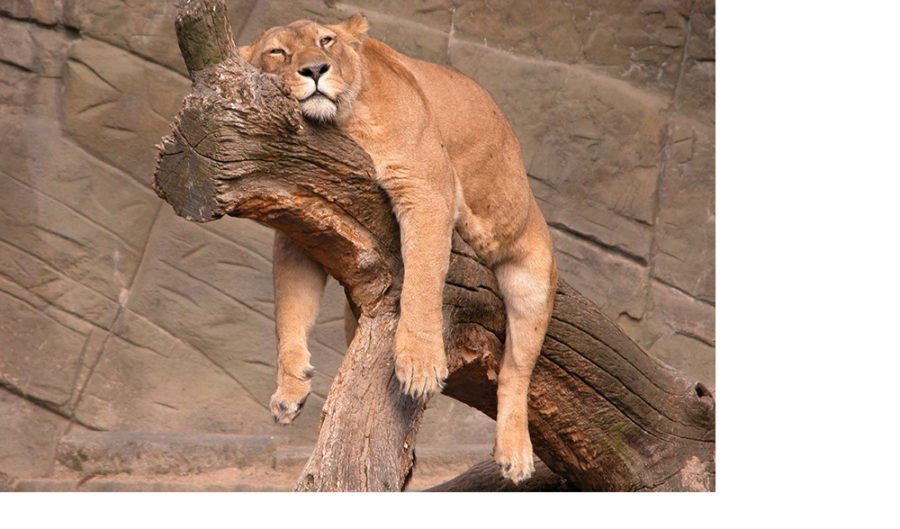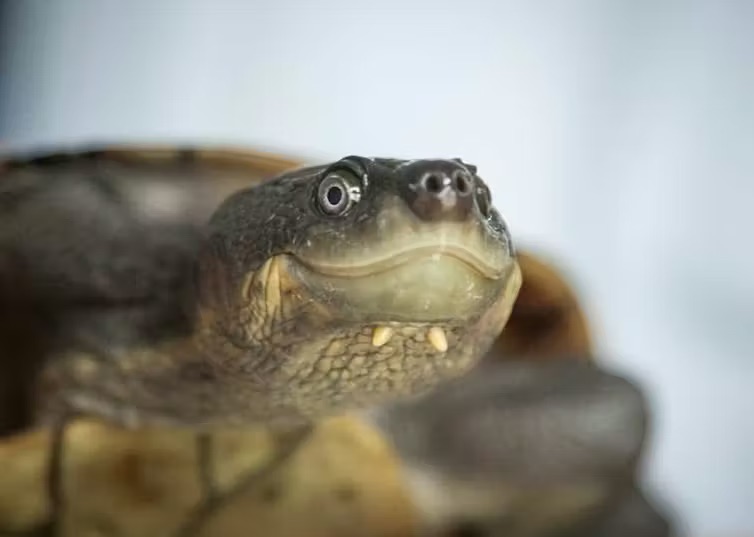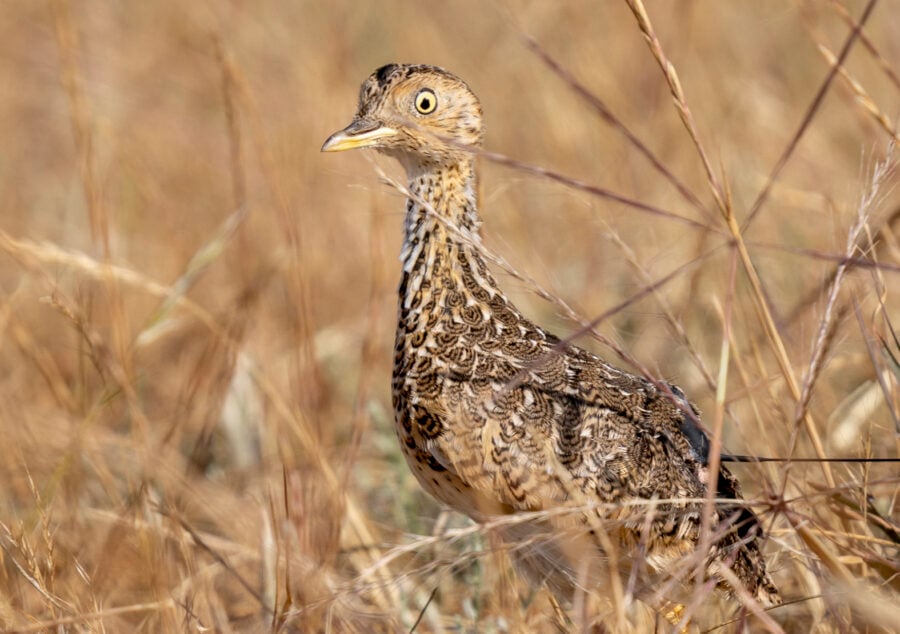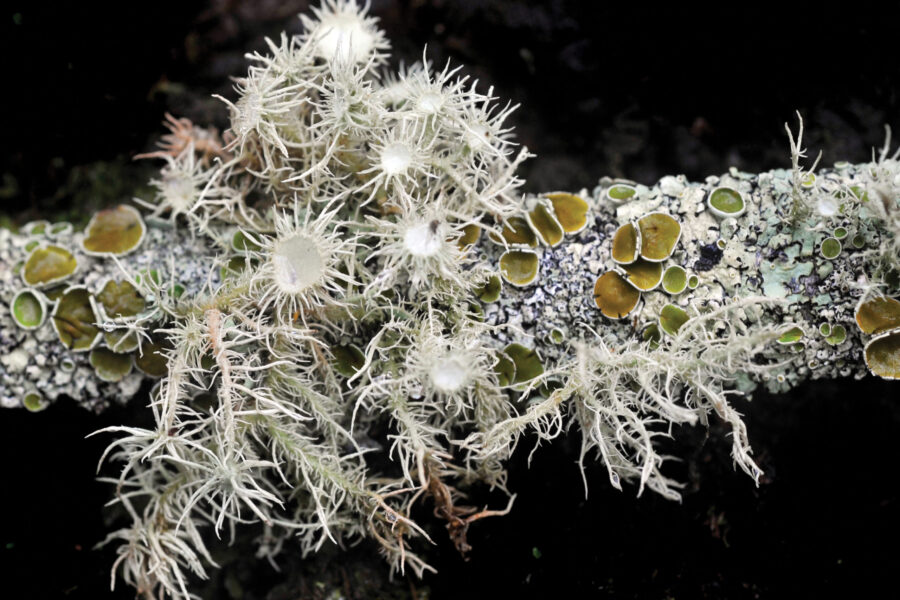How animals sleep: secrets of slumber

PEOPLE AND FRUIT FLIES have this in common: if they’re deprived of sleep, they start behaving erratically and making mistakes. Tired fruit flies, for example, struggle to learn to be successful on food-finding missions.
Although scientists still don’t completely understand why animals sleep, we know some animals sleep in short bursts, others in a single long stretch. Some sleep at night, some in the day. Some bats sleep up to 19 hours a day, but the giraffe sleeps for just two hours.
Dolphins, whales and seals sleep with only one hemisphere of their brain at a time. The other hemisphere stays awake to control activities such as rising to the surface to breathe and keeping a single eye open to watch for danger and monitor companions. Scientists call this unihemispheric sleep, and a number of bird species sleep this way too, keeping one eye open for predators.
But not all seals sleep this way. Some hold their breath while taking short naps under water and rise to breathe in between.
Animal sleep patterns
Seal
In water, some seals sleep unihemispherically on their side, with the lower flipper paddling in order to keep the nostrils above the surface and one eye open to spot danger.
Dolphin
A dolphin shuts down half of its brain at a time. The waking half controls activities such as rising to the surface to breathe. The eye on the opposite side of the head to the active unihemisphere remains open.
Shark
Some shark species must swim constantly to ram water through their gills. To sleep on the move, they may shut down only parts of their brain. Other shark species sleep on the sea floor.
Platypus
The platypus has more rapid eye movement (rem) sleep than any other mammal. In humans rem sleep is associated with dreaming, and in this state the platypus moves its bill as though feeding.
Sea turtle
Sea turtles sleep near the surface when out at sea, holding their breath for hours at a time. Close to shore, they may sleep on the bottom or wedged under a submerged rock ledge.
Sperm Whale
Unlike smaller cetaceans such as dolphins, sperm whales enter periods of full sleep for a limited time. The whales sleep in ‘candle position’, head up and tail down, bobbing and drifting inactively in shallow water.
Cow
A cow may only sleep for about four hours a night, but compensates for this by drowsing at other times. It can doze lightly on its feet but has rem sleep only when lying down.
Fruit fly
Like human teenagers, adolescent fruit flies need more sleep than adults. Sleep-deprived fruit flies have impaired memory, and if they are sleep-deprived for long periods, they don’t live as long as flies that sleep normally.
Lion
Lions sleep for up to 14 hours a day. Carnivores, with their active hunting life powered by their high-energy diet, sleep more than omnivores, and omnivores sleep longer than herbivores.
Mallard
Like the dolphin, the mallard can sleep unihemispherically, with half its brain and one eye open. In a row of sleeping ducks, the duck on each end has its outer eye open.




